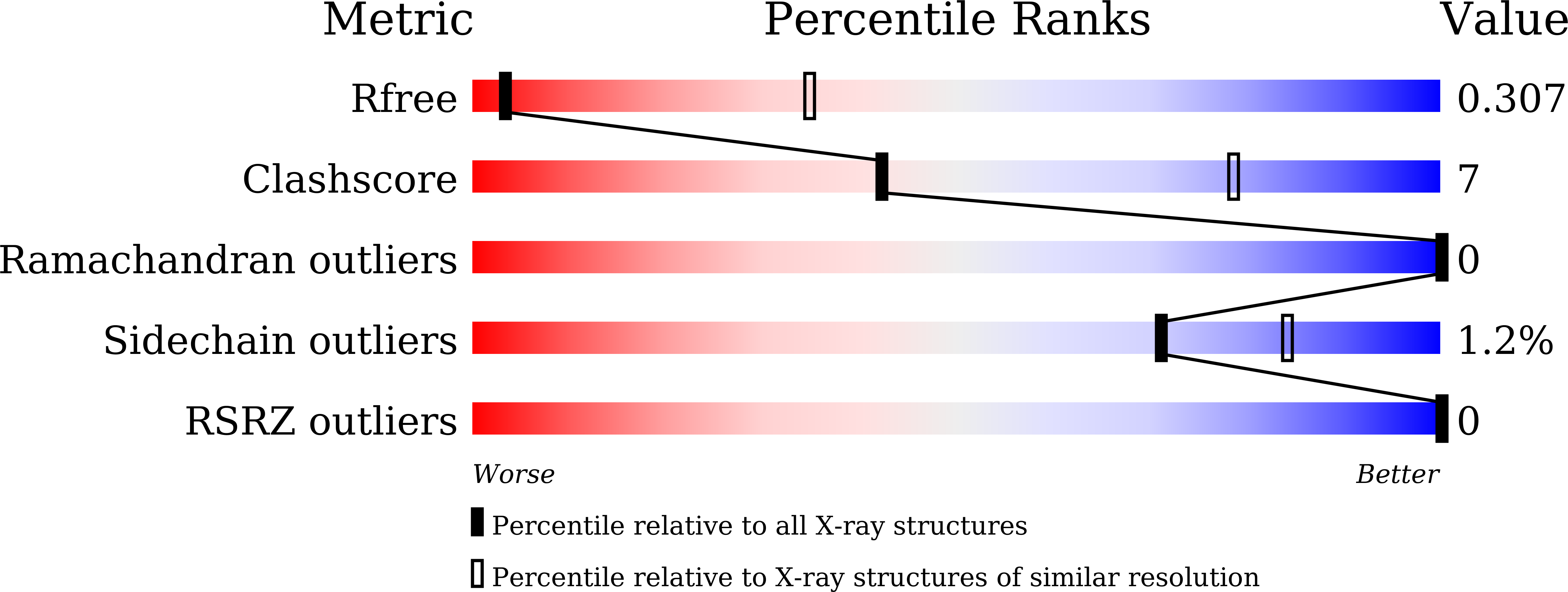
Deposition Date
2020-10-14
Release Date
2021-11-17
Last Version Date
2024-10-23
Entry Detail
PDB ID:
7D9N
Keywords:
Title:
Crystal structure of a non-canonic progeria mutation S143F at lamin A/C and its structural implication to the premature aging
Biological Source:
Source Organism:
Homo sapiens (Taxon ID: 9606)
Host Organism:
Method Details:
Experimental Method:
Resolution:
3.70 Å
R-Value Free:
0.30
R-Value Work:
0.28
R-Value Observed:
0.28
Space Group:
I 41 2 2


